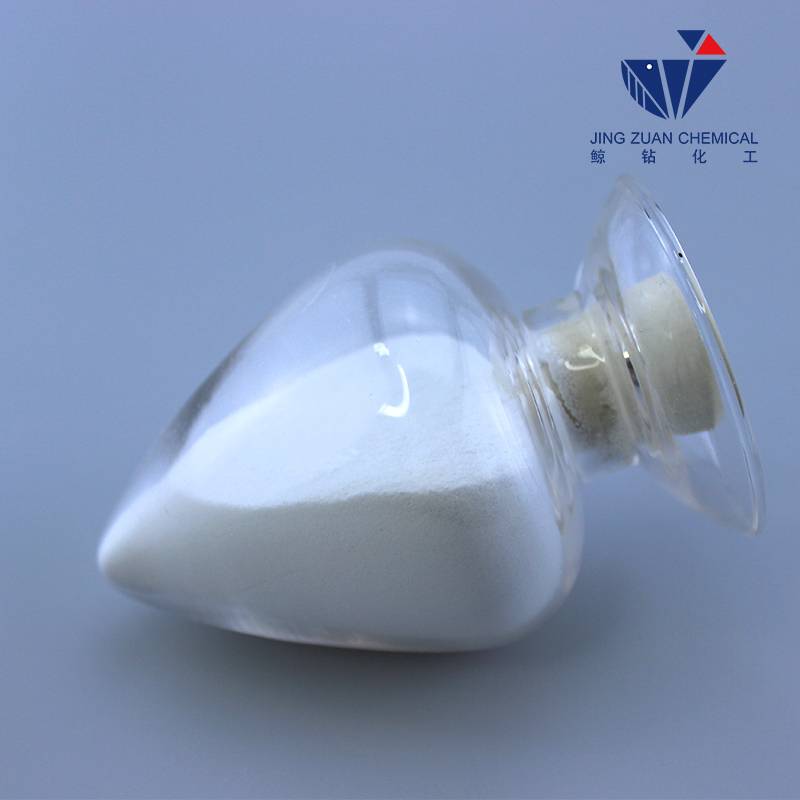
Aug . 09, 2024 20:10 Back to list
Exploring the Impact of HPMC in the Chinese Pharmaceutical and Food Industries
HPMC China A Comprehensive Overview
Hydroxypropyl Methylcellulose (HPMC) is a versatile and widely used compound across various industries, particularly in pharmaceuticals, construction, and food. As a cellulose ether, HPMC is derived from natural cellulose and modified for enhanced functionality. In China, the production and application of HPMC have gained significant momentum, positioning the country as a leading player in the global market.
Understanding HPMC
HPMC is appreciated for its unique properties, such as solubility in cold water, thickening ability, and film-forming characteristics. These attributes make it ideal for use as a thickening agent in various formulations, ranging from adhesives to food items and pharmaceutical products. In the pharmaceutical industry, HPMC is commonly used as a controlled-release excipient and as a binder in tablet formulations, enhancing drug delivery and efficacy.
The Growing Demand in China
China's rapid industrial growth has spurred a demand for specialty chemicals, including HPMC. The construction sector, in particular, is a major consumer of HPMC, where it is utilized in mortars, plasters, and other building materials to improve workability and water retention. The growing urbanization and infrastructure development across urban and rural areas in China are significant drivers of this demand.
Additionally, the rising health consciousness among consumers has led to the food industry’s increased use of HPMC as a food additive. It acts as a stabilizer, emulsifier, and thickener in various food products, ensuring texture and consistency. The food sector's growth in China not only boosts the demand for HPMC but also encourages innovations in product formulations.
hpmc china

HPMC Production in China
China is one of the largest producers of HPMC globally, with several manufacturers offering a wide range of grades tailored for different applications. The production process involves the etherification of cellulose, using propylene oxide and methyl chloride to yield HPMC of various viscosities and chemical properties. Chinese manufacturers utilize advanced technologies to enhance production efficiency and reduce environmental impact, adhering to international quality norms and standards.
Furthermore, the industry is witnessing a shift towards sustainable practices, where companies are focusing on green chemistry to minimize waste and energy consumption during HPMC production.
Challenges and Opportunities
Despite the robust growth, the HPMC market in China faces several challenges, including fluctuating raw material prices and stringent regulatory requirements. Companies must navigate these hurdles while maintaining product quality and compliance with safety standards. However, with challenges come opportunities; the increasing focus on sustainability and eco-friendly products presents an avenue for innovation. Businesses can explore bio-based HPMC derivatives or invest in recycling initiatives to appeal to environmentally conscious consumers.
Conclusion
HPMC's significance in Chinese industries cannot be overstated. Its multifunctional characteristics cater to a wide array of applications, fueling growth in construction, food, and pharmaceuticals. As the demand for HPMC continues to rise, driven by urbanization and evolving consumer preferences, China is expected to reinforce its position as a global leader in HPMC production. The landscape is ripe for innovation, and companies that embrace sustainable practices will likely thrive in the competitive market. In summary, HPMC from China stands as a testament to the dynamic interplay between industry demands and technological advancements, promising a bright future for this essential chemical.
-
Unlocking the Benefits of HPMC Products: A Gateway to Versatile Applications
NewsAug.07,2025
-
Unleashing the Potential of HPMC Ashland: A Comprehensive Look
NewsAug.07,2025
-
Tile Bonding Cellulose: The Key to Superior Adhesion and Durability
NewsAug.07,2025
-
Hydroxypropyl Methylcellulose Powder: The Versatile Component in Modern Pharmaceuticals
NewsAug.07,2025
-
Hydroxyethyl Cellulose: The Versatile Solution for Various Industries
NewsAug.07,2025
-
Hydroxyethyl Cellulose (HEC): The Versatile Polymer for Various Applications
NewsAug.07,2025







